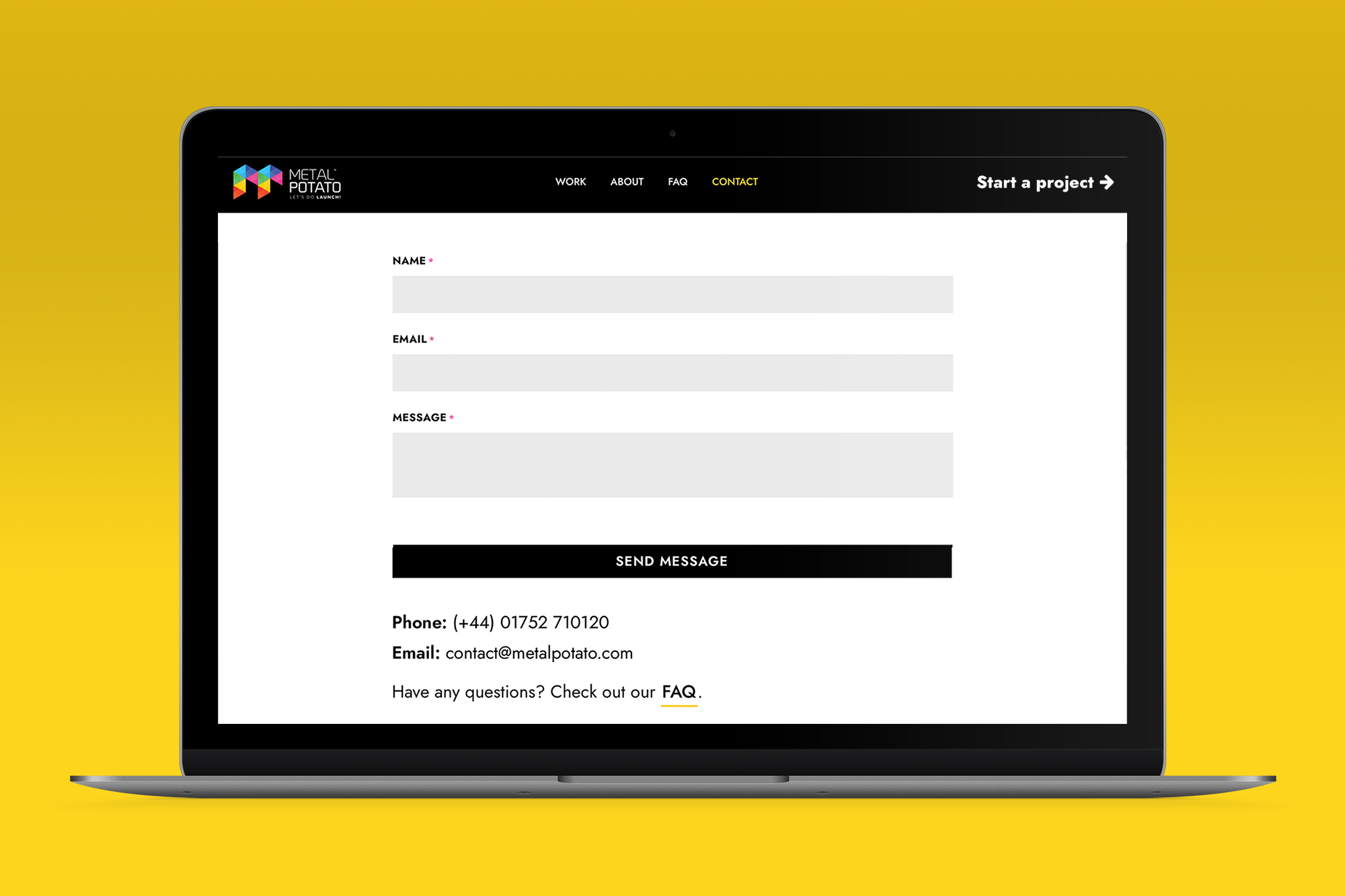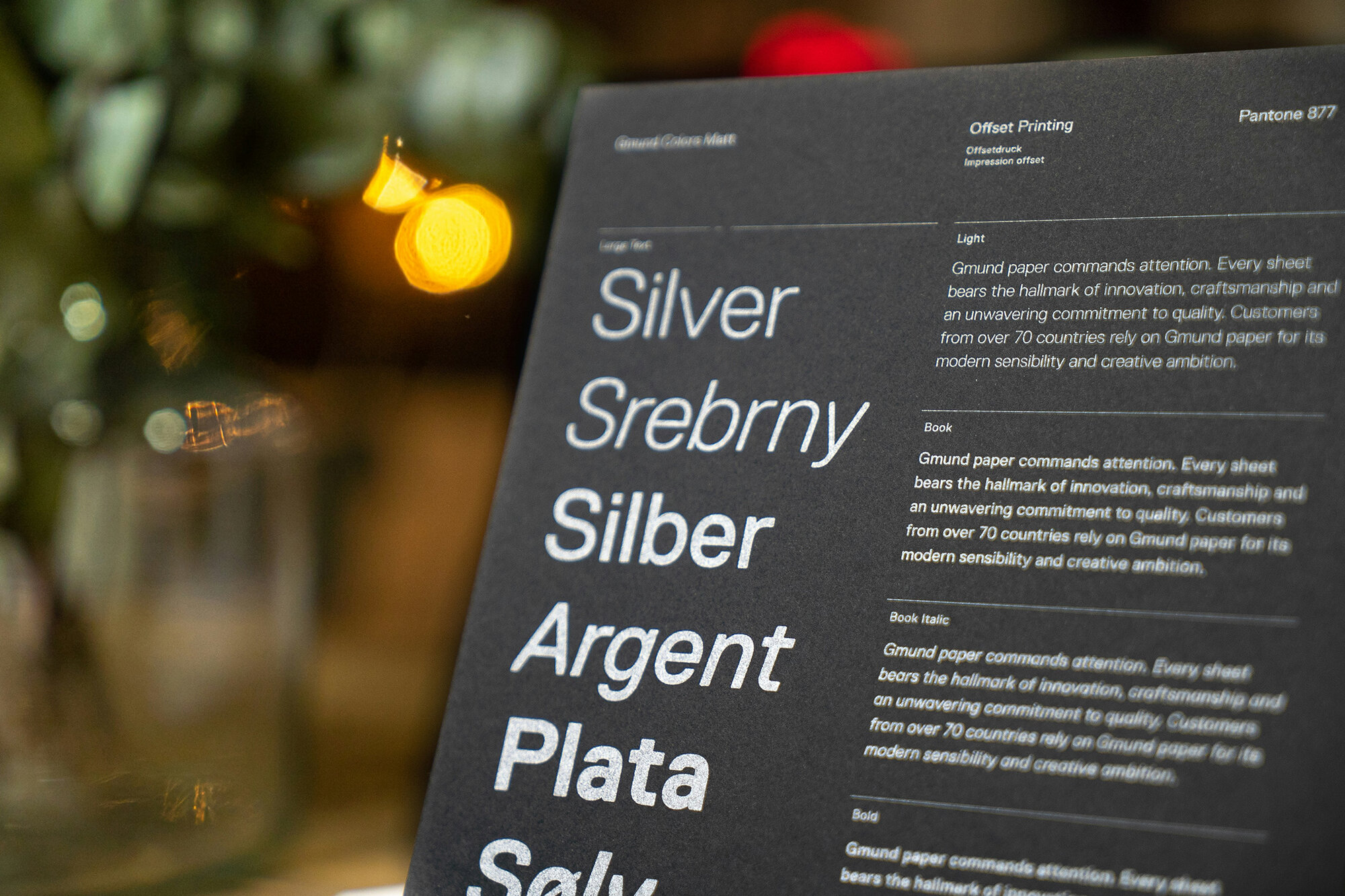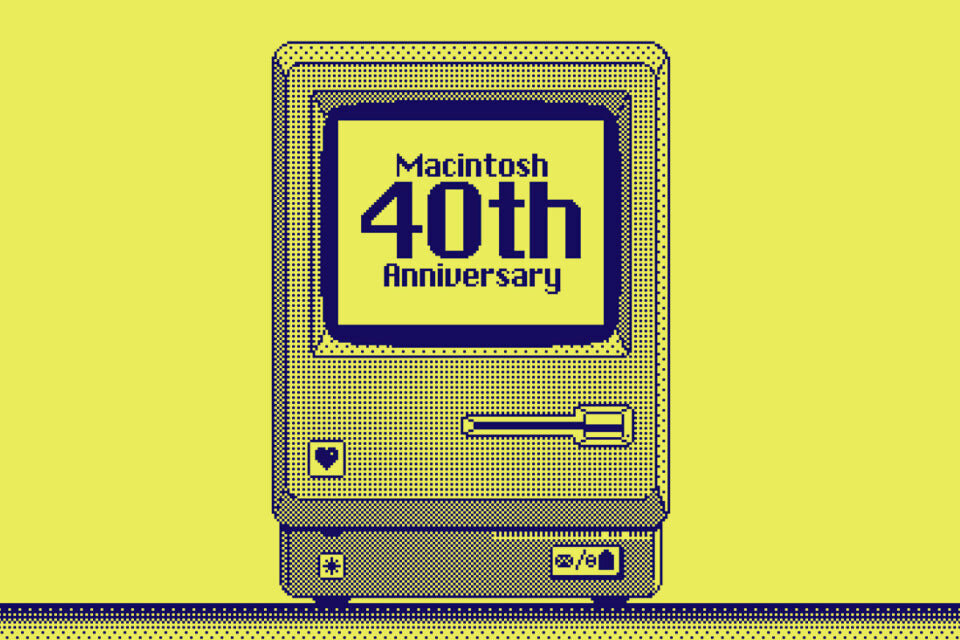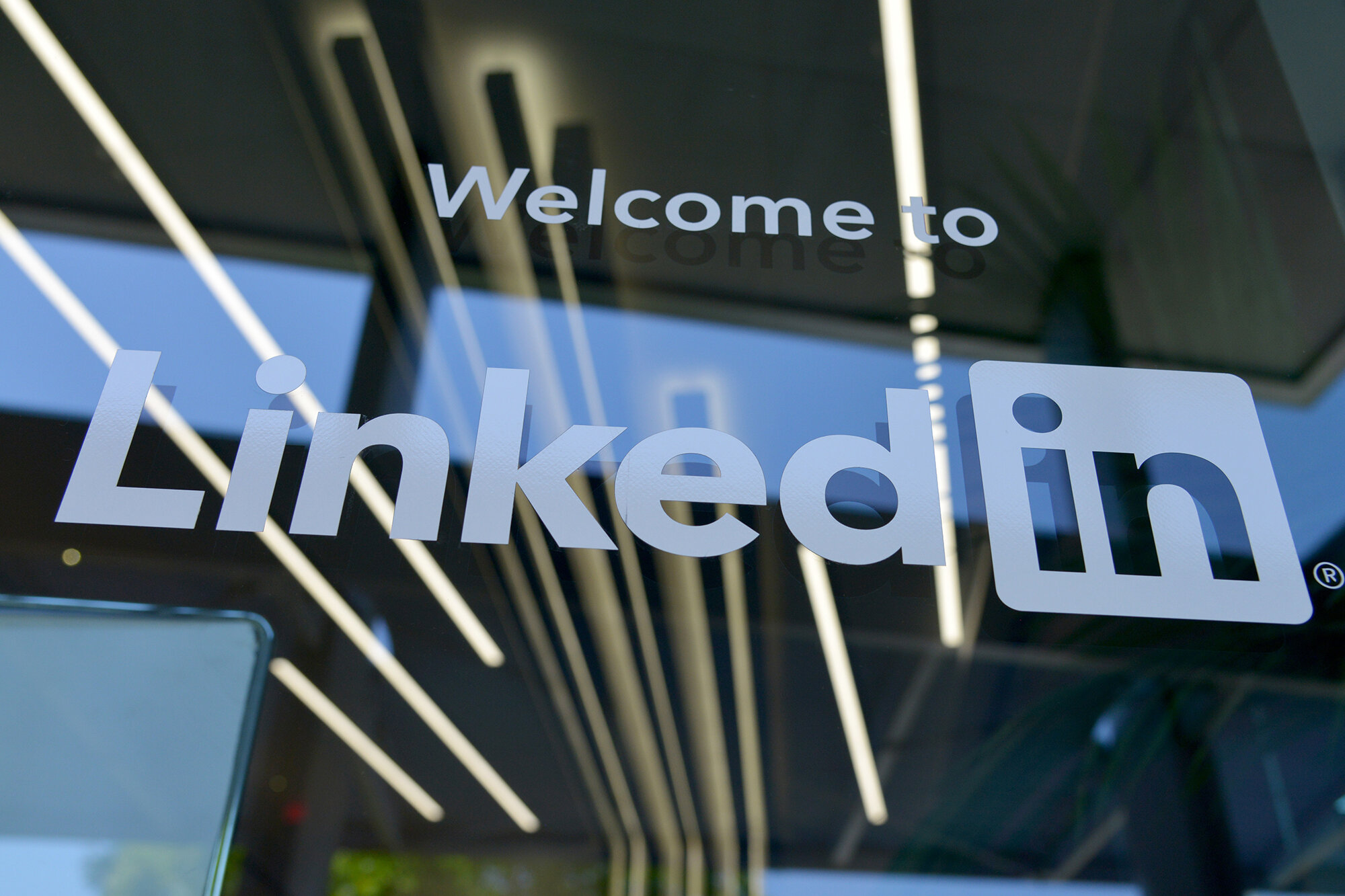As someone who has been in the web design industry for two decades, I have seen the rise of DIY web design platforms like Wix, Squarespace, and Weebly. While these platforms have made it easier for people to create their own websites, they have also led to some serious drawbacks. In this article, I’ll explore the dark side of DIY web design and explain why it’s not always the best idea.
The allure of DIY web design
DIY web design is appealing to many people because it’s cheaper than hiring a professional web designer. With DIY platforms, you can create a website without any coding knowledge, making the process seem like a breeze. Additionally, these platforms offer templates that can be customised to fit your needs, giving the impression that you can have a professional-looking website in no time.
Another reason why DIY web design is so popular is that it gives people a sense of control. When you create your own website, you have complete control over the design, content, and functionality. This can be empowering, especially for small business owners or entrepreneurs who want to showcase their brand in a certain way.
The limitations of DIY web design
While DIY web design may seem like the perfect solution for your website needs, it has some serious limitations. Firstly, the templates provided by these platforms are limited in terms of design and functionality. While they may look professional, they may not be optimised for search engines or user experience. This can negatively impact your website’s visibility and user engagement.
Another limitation of DIY web design is the lack of customisation. While you can customise templates to some extent, you are still limited by the platform’s features and functionality. If you need a specific feature that isn’t available on the platform, you may have to settle for a less-than-ideal workaround or hire a developer to add it.
The importance and benefits of professional web design
Professional web design is essential for businesses that want to establish a strong online presence. A professional web designer can create a website that is optimised for search engines, user experience, and conversion. They can also customise the design and functionality to fit your specific needs and goals.
Another benefit of professional web design is that it saves you time. While DIY web design may seem like a fast solution, it often ends up taking more time than anticipated. A professional web designer can create a website faster and more efficiently than someone who is not familiar with the process.
The cost of DIY web design mistakes
One of the biggest drawbacks of DIY web design is the potential for mistakes. While it may seem like a cost-effective solution, mistakes can end up costing you more in the long run. For example, if your website is not search-engine optimised, you may not get the traffic you need to generate leads or sales. This can result in lost revenue and missed opportunities.
Additionally, mistakes in design and functionality can negatively impact user experience. If your website is difficult to navigate or does not work properly, users are more likely to leave and go to a competitor’s website.
When to DIY and when to hire a professional
In conclusion, DIY web design may seem like an appealing solution, but it has serious limitations and potential drawbacks. While it may be cheaper in the short term, mistakes can end up costing you more in the long run. Additionally, DIY web design can take a lot of time and effort, which can take away from other important tasks.
Professional web design is essential for businesses that want to establish a strong online presence. When deciding whether to DIY or hire a professional web designer, consider your budget, timeline, and goals.
Don’t settle for a DIY website with limited features and potential drawbacks. Let Metal Potato help you establish a strong online presence with a custom-designed website.
Get in touch and how we can help to turn your vision into reality.
Let's make a website!
Book a FREE video call to discuss your business, project strategy, and more!
"*" indicates required fields
More from Metal Potato
Contact Page Design: A Blueprint for Success
Learn how to optimise your contact page for better engagement and conversions with expert tips and inspiring examples.
Can Apple Vision Pro Revolutionise Computing?
Discover the Apple Vision Pro: a mixed-reality headset set to redefine computing, work, entertainment, and education.
How to Choose the Perfect Typography for Your Website
Master the art of web typography... from font selection to readability, create a visually stunning and user-friendly website.
The Power of WordPress for Small Businesses
Build a strong online presence for your small business with WordPress! It's easy to use, SEO-friendly, and very cost-effective.
Celebrating 40 Years of the Apple Mac
Explore 40 years of Mac evolution! Celebrating Apple's iconic computer and its impact on design, technology, and creativity.
Why LinkedIn Should Be Your Top Priority
Maximise career growth with LinkedIn's powerful benefits! Unlock networking opportunities, connect and build your personal brand.






